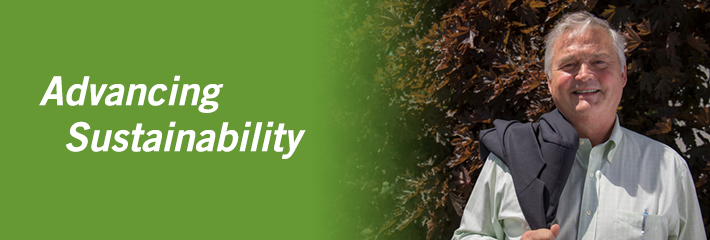Selected Reports
Energy Policy
“Unpacking the Climate Potential of Energy Efficiency”, with Brendan Haley, James Gaede & Mark Winfield, York University 2019
Teaching Energy Efficiency Policy at the Post-Secondary Level
Summary of July 2014 Workshop
On-Site Renewable Energy Policy Study: The Application of the Merton Rule to the Town of East Gwillimbury and the Ontario Context – This report investigates the feasibility of adopting the “Merton Rule” that requires a minimum 10% on-site renewables for all new residential and commercial developments. It was commissioned by the Town of East Gwillimbury with funding provided by the Ontario Power Authority. Peter Love was the lead author of this report in his capacity as an Associate of Elenchus (www.elenchus.ca)
Chief Energy Conservation Officer Annual Reports
Four Annual Reports were produced and distributed which summarized conservation activities and plans and identified barriers to conservation; two Supplementary Reports were also published which provided more details on progress made towards conservation targets.
• Be the Change to a Culture of Conservation – 2008 Annual Report
• Taking Action – 2007 Annual Report
• Taking Action – Supplement: Conservation Results 2005-2007
• Ontario – A New Era in Electricity Conservation – 2006 Annual Report
• Ontario – A New Era in Electricity Conservation – Supplement to 2006 Annual Report
• Our Conservation Challenge – 2005 Annual Report
Potential for Cogeneration in Ontario, August 2000. This report, undertaken under the leadership of Haggler Bailly and with Agra Monenco, was the first comprehensive estimate of the potential for cogeneration in Ontario under alternative electricity and natural gas pricing scenarios.
Energy Alternatives: Third Report by the Special Committee on Alternative Energy and Oil Substitution, May 1981. The chapters on energy efficiency and biomass were largely based on a foundation paper that was prepared for the Committee.
Projected Penetration of Residential and Commercial Heat Pumps in Ontario, August 1980. this report was commissioned by the Ontario government and was used as the basis for a series of programs promoting greater use of heat pumps.
Environmental Protection in a Competitive Electricity Market in Ontario, May 1999. This report for Pollution Probe developed the “3 E’s” ranking of priorities for electricity: energy efficiency, energy from renewables and emission reductions. This not only became the foundation for Pollution Probe’s policy in this area but also had an important role in the Ontario government’s decision to phase out coal-fired electricity generation and to make major investments in energy conservation and renewable energy.
1996 Submission to Advisory Committee by CEEA, January, 1996. This submission by the Canadian Energy Efficiency Alliance formed the basis for the Alliance’s successful campaign to that a “system benefit charge” be applied to all electricity usage with the proceeds used to fund conservation initiatives. By 2009, it is expected that about $400 million/year will be raised and used for conservation programs using this mechanism.
Biomass Energy in Canada: Its Potential Contribution to Future Energy Supply, March 1980. This study represented the first comprehensive estimate of the energy potential for all forms of biomass in Canada; a 2006 analysis by BIOCAP Canada compared the estimates in this report with more recent estimates and concluded that they represented the best basis for their own estimates of the potential.
Tree Power: An Assessment of the Energy Potential of Forest Biomass in Canada, 1978. This report, coauthored and distributed by Ralph Overend of the federal government, formed the basis for the development of a series of federal programs to promote greater use of forest biomass as an energy source. This report included summaries of various technologies to convert biomass to energy (from direct combustion to pyrolysis) as well as estimates of the amount of biomass available (from mill wastes to energy plantations).
3 R’s (Reduce, Reuse, Recycle)
Waste Paper Recycling Opportunities for Government
This study analyzes current and expected waste paper market conditions with the objective of identifying government initiatives which could permanently increase recovery levels in Canada.
Composition and Quantity, A Critical Evaluation of Existing Data,
A Municipal Solid Waste Management Study by The Pollution Probe Foundation.
Net Energy Savings from Solid Waste Management Options,
Environmental Conservation Directorate, November 1976.
Preliminary Submission of Pollution Probe to the Ontario Solid Waste Task Force, November 1972. This report laid the basis for the development of the “3 R’s” ranking of priorities for waste management. This led to wide-spread understanding (both the general public as well as government decision makers) of waste management priorities with the subsequent development of Ontario’s internationally recognized “Blue Box” recycling program.
